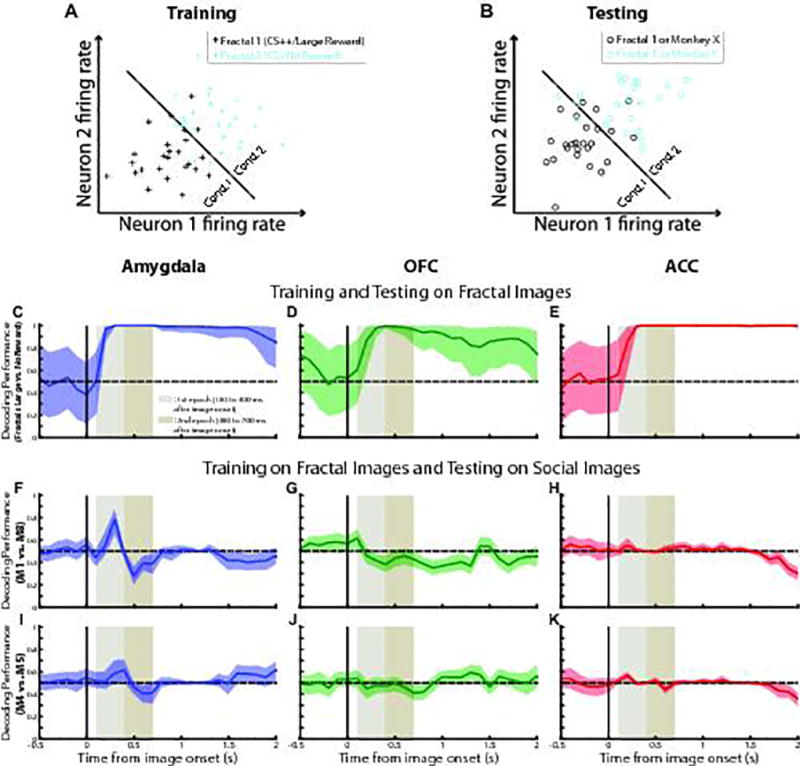Figure 3. The same neuronal ensemble in the amygdala can decode reward value and differences in hierarchical status.

A, B. Procedure for determining whether same neural ensemble represents the reward associated with fractals and the hierarchical status of viewed face images. A linear decoder is trained to discriminate between fractals associated with large and no reward on a subset of trials (A). Decoding performance was tested on held out fractal trials, or on trials with any two monkey face images (e.g. monkey X and monkey Y) (B). C–E: Decoding performance plotted as a function of time for each brain area when testing the decoder on held-out large and no reward trials. F–H: Decoding performance for each brain area when testing the decoder on high vs. low ranked monkey image trials (M1 vs. M8, i.e. the most distant monkeys in term of social status). I–K: Decoding performance when testing the decoder on two adjacent middle-ranked monkeys (M4 vs. M5). Shading, 95% confidence intervals (bootstrap). Dotted lines, chance decoding level. For all these analyses the decoder has been trained and tested on the entire neuronal population (i.e. no down sampling, n = 1000 iterations, see Methods).
